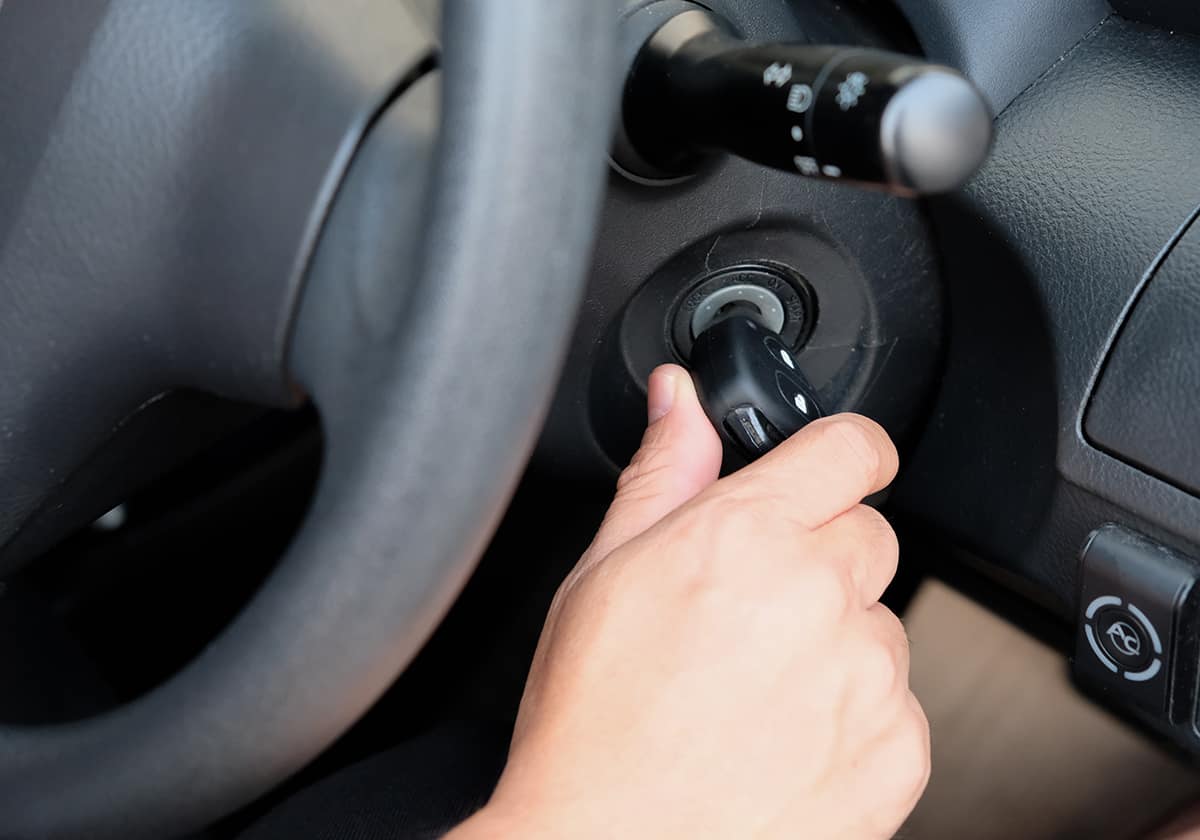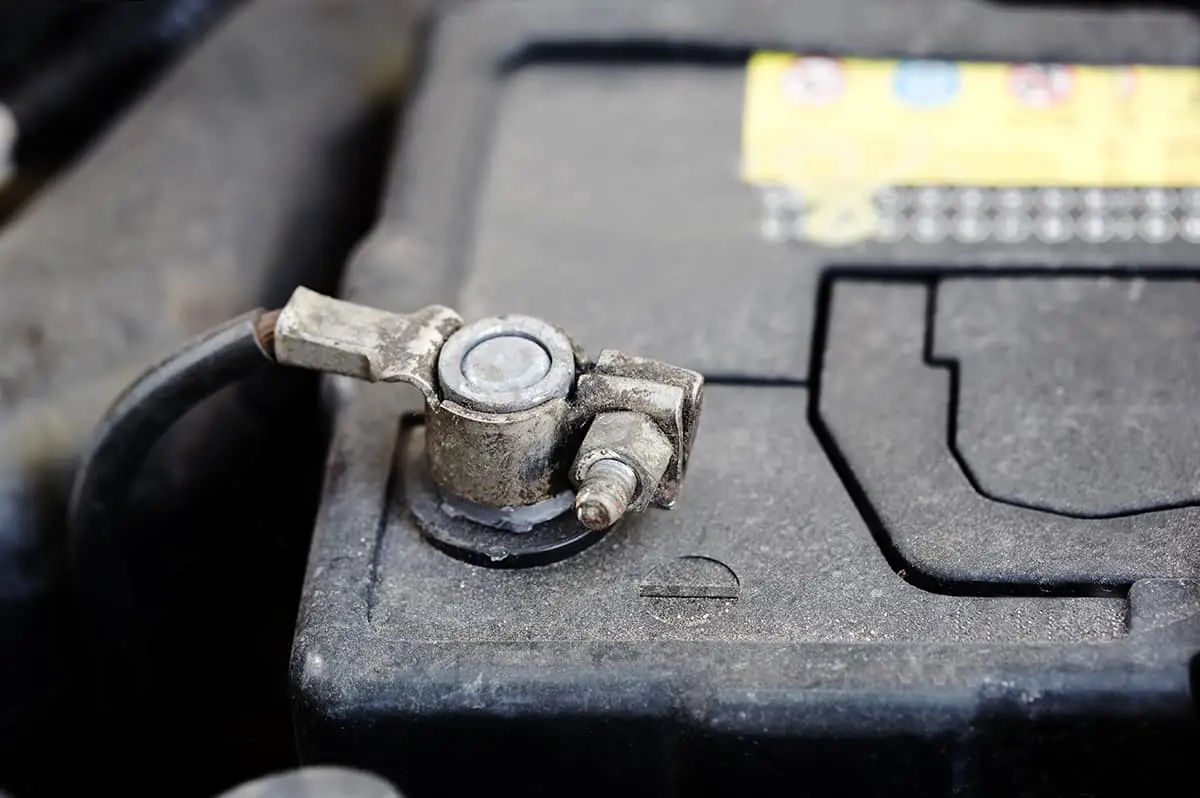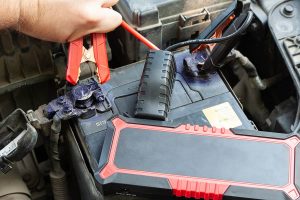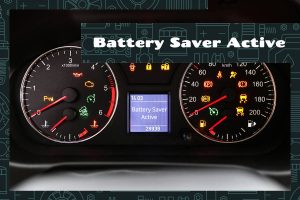A car’s battery is its lifeline, powering everything from the engine to the electrical components. A loose car battery connection, however, can lead to various issues that affect your vehicle’s performance and reliability.
Here are the most common symptoms associated with a loose car battery connection:
- Difficulty starting the engine
- Intermittent electrical issues
- Dimming or flickering lights
- Stalling or rough idling
This comprehensive guide will provide you with a detailed overview of the causes, symptoms, and fixes for a loose car battery connection.
Anatomy of a Car Battery
A car battery is a crucial component of a vehicle’s electrical system. It’s essential to understand its parts to maintain it properly and diagnose issues like loose connections.
Basic components
A typical car battery consists of a heavy-duty plastic case, lead plates, separators, and an electrolyte solution made of sulfuric acid and water. The battery stores electrical energy chemically, converting it into electrical power when needed.
Battery terminals and connections
Two battery terminals extend from the top or side of the battery case. The positive terminal, marked with a plus sign (+), connects to the vehicle’s electrical system. The negative terminal, marked with a minus sign (-), grounds the battery.
Thick cables link the battery terminals to the vehicle’s electrical system. Battery clamps or connectors secure the cables to the terminals, ensuring a solid connection.
Recognizing the Symptoms
Loose battery connections can cause various issues in a vehicle. Recognizing the symptoms is the first step toward addressing the problem.
1. Difficulty starting the engine

A loose connection can weaken the electrical flow between the battery and the starter, making it hard to start the engine. You might experience slow cranking or hear a clicking sound when turning the key. In some cases, the engine might not start at all. This difficulty in starting is often the first noticeable sign that there might be a problem with the battery connection.
2. Intermittent electrical issues
Loose connections can cause inconsistent power flow, leading to various electrical problems. Flickering dashboard lights, loss of power to accessories, or intermittent radio operation are some of the issues you might encounter.
You may also notice the power windows, windshield wipers, or other electrical components not functioning correctly, or they might work only sporadically. These issues can be frustrating and may even pose a safety risk if left unaddressed.
3. Dimming or flickering lights
When the battery connection is loose, headlights and interior lights might flicker or dim. This symptom is more noticeable when the electrical demand is high, like during nighttime driving or when multiple accessories are in use. Dimming or flickering lights can pose a safety hazard, especially when driving at night or in adverse weather conditions, making it essential to address the issue promptly.
4. Stalling or rough idling
A weak connection can lead to voltage fluctuations, affecting engine performance. It might cause stalling, rough idling, or hesitation during acceleration. These symptoms can be particularly dangerous when driving in heavy traffic, as a stalled engine might leave you stranded in a hazardous situation. Poor engine performance due to a loose battery connection can also lead to reduced fuel efficiency.
Causes of Loose Car Battery Connections
Several factors can contribute to a loose car battery connection. Identifying the cause helps you take appropriate action to fix the issue.
1. Corrosion
Corrosion on the battery terminals and connectors can weaken the connection. It appears as a powdery, white, or bluish-green substance around the terminals. Corrosion forms when sulfuric acid vapors react with the metal terminals, causing oxidation.
2. Vibration and wear
Vibration from driving can cause battery connectors to loosen over time. Additionally, wear and tear on battery cables and clamps might reduce their effectiveness, leading to a weak connection.
3. Poor installation or maintenance
Improperly installed or maintained batteries can have loose connections. For example, overtightening or under-tightening battery clamps, using the wrong connectors, or neglecting regular battery maintenance can lead to connection issues.
Fixing a Loose Car Battery Connection

Loose car battery connections can be fixed with a few simple steps. Addressing the issue promptly will help ensure your vehicle’s electrical system remains in good working order. Here’s how to fix a loose car battery connection:
1. Cleaning the battery terminals
Before tightening the battery connections, it’s essential to clean the terminals to ensure a proper connection.
Remove the battery cables, starting with the negative cable, followed by the positive one. Use a battery terminal brush or an old toothbrush dipped in a solution of baking soda and water to clean the terminals and cable connectors.
This mixture helps neutralize the corrosion and remove any buildup. Rinse the terminals with water and dry them thoroughly before reconnecting the cables.
2. Tightening the battery clamps
Once the terminals are clean, you can proceed to tighten the battery clamps. Begin by connecting the positive cable to the positive terminal and secure it with the clamp or connector.
Ensure it’s snug but not overtightened, as this may damage the terminal. Repeat the process with the negative cable and terminal. Wiggle the cables gently to confirm they are firmly connected.
3. Replacing damaged or corroded components
If you notice damaged or corroded battery cables, connectors, or clamps, it’s essential to replace them. Damaged components can cause poor connections or even lead to short circuits. Make sure to purchase the correct replacement parts for your vehicle and follow the manufacturer’s guidelines for installation.
Safety Precautions When Working with Car Batteries
Working with car batteries can be hazardous if you don’t take proper precautions. Follow these safety tips when fixing a loose car battery connection:
- Always wear protective gear like gloves and safety goggles to prevent contact with battery acid and to protect your eyes from debris.
- Disconnect the battery, starting with the negative cable, to avoid short circuits and electrical shocks.
- Work in a well-ventilated area, as batteries can release hydrogen gas, which can be flammable.
- Keep open flames and sparks away from the battery to prevent explosions.
- If battery acid comes into contact with your skin or eyes, rinse immediately with plenty of water and seek medical attention.
FAQs
1. How often should I check my car battery connections?
It’s a good idea to check your car battery connections every six months. Regular inspections can help you spot loose connections, corrosion, or damage early, allowing you to address issues before they worsen. If you frequently drive on rough roads or in extreme weather conditions, consider checking the connections more often, as these factors can contribute to faster wear and tear.
2. Can a loose car battery connection cause damage to other parts of the vehicle?
Yes, a loose car battery connection can cause damage to other parts of your vehicle. An inconsistent power supply due to a weak connection can lead to electrical component malfunction, putting strain on parts like the alternator and starter motor.
3. How do I know when it’s time to replace my car battery?
There are several signs that it may be time to replace your car battery:
- Age—Car batteries typically last three to five years. If your battery is within this age range, it’s wise to have it tested and consider replacing it if necessary.
- Slow engine crank—If your engine cranks slowly when starting the car, your battery may be weak.
- Frequent jump-starts—If you need to jump-start your battery often, it’s likely reaching the end of its life.
- Swollen battery case—A swollen battery case can indicate a failing battery.
- Dimming headlights and electrical issues—If you notice dimming headlights, flickering interior lights, or electrical malfunctions, your battery may be weak.






